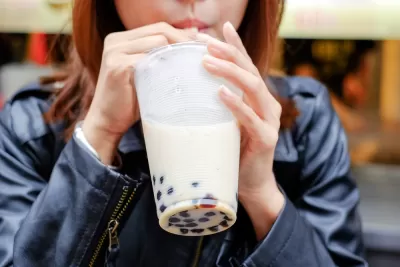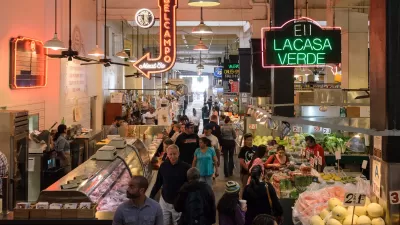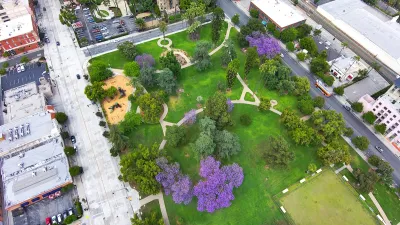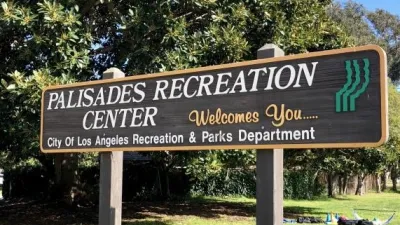The Chinese American Museum in L.A. currently features an exhibit exploring the drink’s journey from the cassava root in South America, to the tapioca balls in the Taiwanese confection, and back to the U.S. as a symbol of Asian American identity.

Boba tea or bubble tea is a tea-based drink that originated in Taiwan in the early 1980s. Taiwanese immigrants brought it to the U.S. in the 1990s, initially in California through regions like Los Angeles County, but the drink has also spread to other countries where there is a large East Asian population. Bubble tea most commonly consists of tea accompanied by chewy tapioca balls ("boba" or "pearls"), but it can be made with other toppings as well, such as grass jelly, aloe vera, red bean, or popping boba.
In this article, Janaya Williams writes about a new exhibit at the Chinese American Museum in Los Angeles called “the boba show: history, diaspora, & a third space” which explores the drink’s journey from the cassava root native to South America, to the tapioca balls in the Taiwanese confection, and back across the ocean to the U.S., where has also become a symbol of identity and culture for Asian Americans. Cal State University, Los Angeles Assistant Professor of Asian American Studies Juily Phun is the exhibit’s co-curator. She shares that boba helped young Asian Americans like her find a community in Southern California areas like the San Gabriel Valley.
Symbolically housed in the oldest and last surviving structure of Los Angeles’ original Chinatown, the Chinese American Museum embodies a cultural and physical link to the past, as well as a promising point of entry for the city’s multicultural future. Opened in December 2003 after 20 years of dedicated community and civic leadership and support, CAM’s presence at El Pueblo de Los Angeles Historical Monument—a 44-acre public park honored as Los Angeles’ “birthplace” and the site of its original Chinatown—reflects the vibrant development of an immigrant history that began over 150 years ago when the first major Chinese settlement was documented in Los Angeles.
FULL STORY: Communi-tea: Boba is more than a drink at SoCal art show

Alabama: Trump Terminates Settlements for Black Communities Harmed By Raw Sewage
Trump deemed the landmark civil rights agreement “illegal DEI and environmental justice policy.”

Planetizen Federal Action Tracker
A weekly monitor of how Trump’s orders and actions are impacting planners and planning in America.

The 120 Year Old Tiny Home Villages That Sheltered San Francisco’s Earthquake Refugees
More than a century ago, San Francisco mobilized to house thousands of residents displaced by the 1906 earthquake. Could their strategy offer a model for the present?

In Both Crashes and Crime, Public Transportation is Far Safer than Driving
Contrary to popular assumptions, public transportation has far lower crash and crime rates than automobile travel. For safer communities, improve and encourage transit travel.

Report: Zoning Reforms Should Complement Nashville’s Ambitious Transit Plan
Without reform, restrictive zoning codes will limit the impact of the city’s planned transit expansion and could exclude some of the residents who depend on transit the most.

Judge Orders Release of Frozen IRA, IIJA Funding
The decision is a victory for environmental groups who charged that freezing funds for critical infrastructure and disaster response programs caused “real and irreparable harm” to communities.
Urban Design for Planners 1: Software Tools
This six-course series explores essential urban design concepts using open source software and equips planners with the tools they need to participate fully in the urban design process.
Planning for Universal Design
Learn the tools for implementing Universal Design in planning regulations.
Clanton & Associates, Inc.
Jessamine County Fiscal Court
Institute for Housing and Urban Development Studies (IHS)
City of Grandview
Harvard GSD Executive Education
Toledo-Lucas County Plan Commissions
Salt Lake City
NYU Wagner Graduate School of Public Service





























